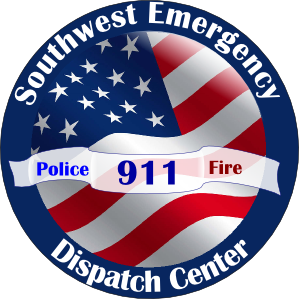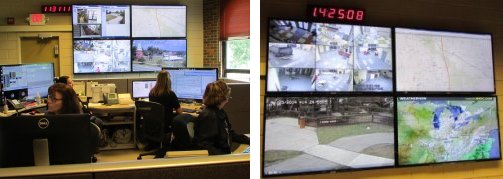
The Southwest Emergency Dispatch Center (SWEDC) provides regional 911 services for communities in Cuyahoga County's southwest suburbs.
Operated by the City of Strongsville, the state-of-the-art system increases efficiency by regionalizing emergency dispatching for police and fire departments. The SWEDC erases duplication and introduces advanced technology individual communities could not provide on their own.
North Royalton became the first community to join SWEDC, merging dispatch operations with Strongsville seamlessly on March 22, 2014. The cities of Berea and Olmsted Falls joined SWEDC soon after. The center now also serves Brook Park, Olmsted Township and Middleburg Heights.
The Need for SWEDC
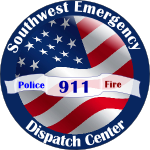
Ohio legislators in 2012 passed House Bill 360, which directs counties to merge their Public Safety Answering Points (dispatch centers) by 2018 or face severe cuts in 911 funding. In Cuyahoga County, that means 45 PSAPs must merge into a handful of regional dispatch centers.
A 911 fee residents pay on their phone bills now goes to the state, which distributes the money to the 88 counties for emergency dispatching. After 2018, only a few regional 911 call centers in Cuyahoga County will receive funding.
Strongsville took a proactive role in creating a regional dispatch center. Strongsville leaders had already set up a fiber optic network that allows other communities to join its radio systems, which paved the way for the SWEDC to take shape.
Praise for SWEDC
Mike Gallagher, County Council Representative:
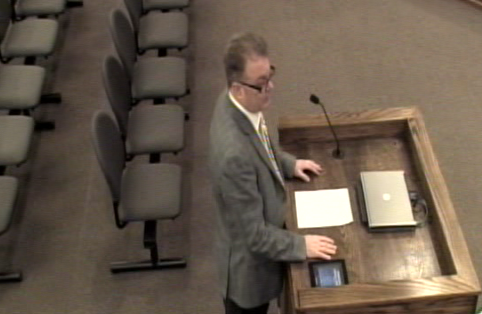
“These are different times and we have to move forward, and I can’t be more proud that Strongsville took a lead in this. It’s something that’s been in my committee downtown for three years; I’ve put more time into this than anything.
In the end, we will get the best of the best, doing the best they can for the residents of Strongsville and North Royalton, and hopefully, other communities in the surrounding area.
The state is going to be coming down with a heavy hand regarding this, probably next year, so to be in front of the curveball is much better than waiting for it to hit you.
So thank you (Safety Director) Charlie Goss, thank you, City Council, and thank you Mayor Perciak, for leading the way.”
North Royalton Mayor Bob Stefanik:

“We owe it to the residents and the taxpayers to be proactive in order to provide the best quality dispatch services to our residents.
They’ll have the training to help the person calling deliver immediate attention. Can you save somebody’s life in minutes? Certainly, and that’s not outside the realm of possibility.”
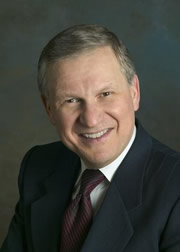
“This is a step in the right direction, a step where both cities can save substantial amounts of money by reorganizing their dispatch system. We have the ability here to get it done
By proactively working together with the city of North Royalton to consolidate our dispatch services, we will best ensure operation of the dispatch center in the most efficient and cost effective manner possible, while still providing the highest quality public safety services to all of our residents. This is another major step in our goal of seeking collaboration between neighboring communities, which, in turn, serves to maximize services while minimizing municipal expenditures.
The reason we’re able to do this is because of the investment Strongsville has made in technology. I truly believe this creates the template for future cooperation among communities; not only North Royalton and Strongsville, but for other communities that would like to join in this venture. This is only the beginning of the many different ways that local communities can help each other and realize effective cost savings.”
North Royalton Safety Director Bruce Campbell:
“By contracting with Strongsville, we’ll probably have double the staff on duty than we’re currently able to staff.”
